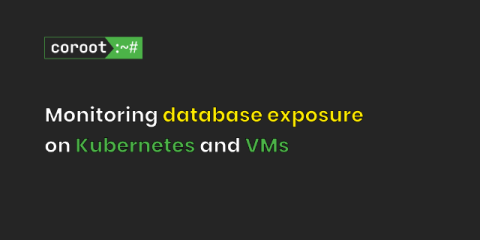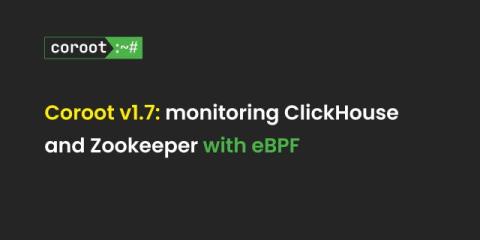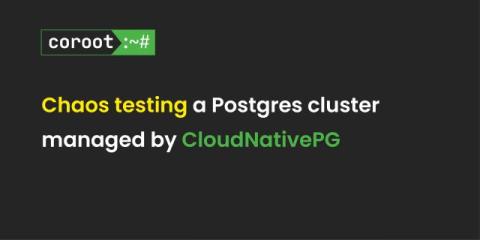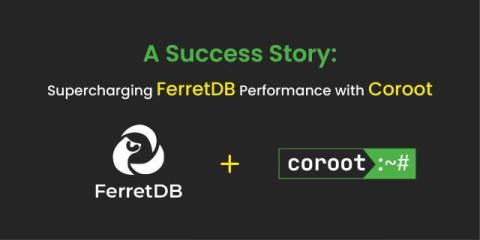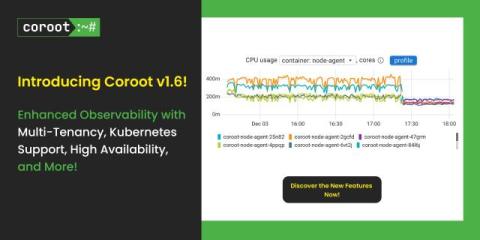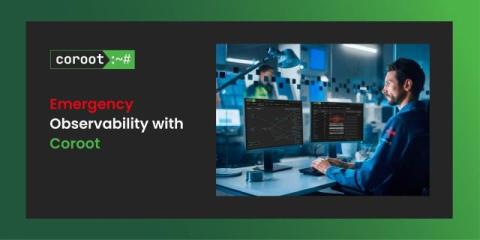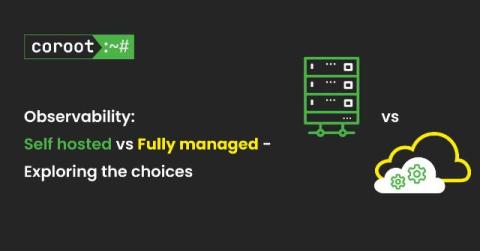Monitoring database exposure on Kubernetes and VMs
This week, security researchers at Wiz published a report about an internal database at DeepSeek being exposed to the internet. This kind of security risk is surprisingly common and can affect any company. The only way to prevent it is through continuous monitoring. But in modern infrastructures, services can be exposed in many different ways, making detection tricky. At Coroot, we realized that the telemetry data we already collect can help identify these risks — without requiring any extra setup.


